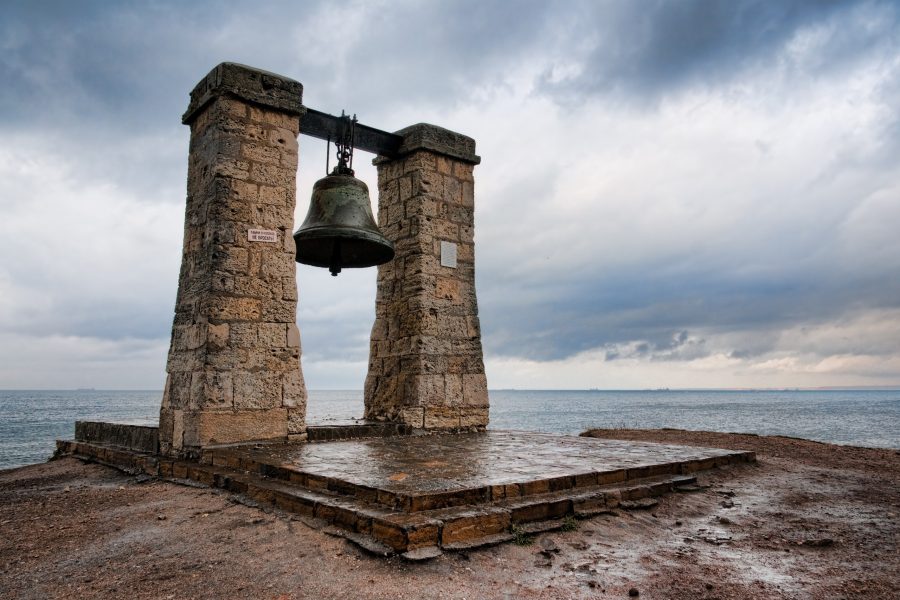
Warm-water ports a factor in Russian foreign policy calculations

Russia’s siege of Ukraine, currently in its third day, has once again brought into focus the role of ports, especially warm-water ports, in Moscow’s foreign policy.
Western thinkers and policymakers – going as far back as Napoleonic France – have tended to attribute Russian actions in the region to its drive for warm-water ports. Attempts to gauge Russian motivations have led European nations and latterly the United States – Imperial Britain worried about its colonies in Asia; Hitler’s Germany; victorious Allies in the Second World War – to “mirror-image” upon the country their own concerns with trade and sea power, according to some critics.
But geography is destiny and Russia’s actions in Ukraine have both historical precedent and current relevance.
Follow The Federal’s live coverage of the war in Ukraine.
Also read: Chernobyl, byword for nuclear disaster, was key to Putin’s invasion plan
Also read: The journey of Volodymyr Zelenskyy: Stand-up to embattled leader
Also read: Big Oil already a victor from Ukraine
Also read: SWIFT: How disconnecting Russia from it could backfire on the West
Also read: Russian authorities detain hundreds as anti-war protests erupt
Also read: Brent breaches $100: why it’s bad for the economy and the household
For centuries, Russia has viewed the Black Sea as central to its security due to its abundance of warm-water ports, including Sevastopol in Crimea. The country’s ports on the Arctic freeze for several months of the year; Most of its Europe-facing ports, such as St Petersburg, were historically ice-locked for part of the year before the advent of icebreakers in the 20th century.
Vladivostok, the largest Russian port on the Pacific Ocean, faces similarly problems and is also enclosed by the Sea of Japan. Moreover, none of these ports, even when open for business, allow for easy access to the Mediterranean Sea. This has left Russia with a commercial and military incentive to expand in warmer water, according to a report in The Atlantic.
Beginning just before the reign of Peter the Great (1682-1725), Russia fought several wars with the Ottoman Empire in a quest to establish a warm-water port off the Black Sea. By 1812, Russia had managed to secure control of the entire northern coast of the sea.
However, access to the Mediterranean was still governed by the Turks, who controlled the Dardanelles and Bosporus straits. During the First World War, Russia made a secret deal – which eventually went nowhere – with Britain and France that would have granted it control of Constantinople and the Turkish straits if the Allies proved victorious.
Later, in 1936, the Montreux Convention gave Turkey, now a NATO member, control of the Bosporus.
During the Cold War, the Soviet Union became the dominant power in the Black Sea. However, after the collapse of the empire in the early ’90s, Russia lost most of its territory in the region. Russia had an agreement with Ukraine which allowed them to divide the Black Sea Fleet, which remained docked in Sevastopol. In 2010, Kyiv renewed Moscow’s lease on the fleet until 2042 but after pro-Russian president Viktor Yanukovych fled Ukraine in 2014, Russian President Vladimir Putin feared it may renege on the agreement.
The current crisis in Ukraine may partly be attributable to Russia’s desire to retain control of the warm-water ports in the area.


